Introduction
Hand tools enable countless projects and repairs. However, they pose serious risks if misused. Injuries from slips, cuts, and struck-by objects happen frequently. Following proper hand tools safety prevents these accidents. This ensures productive, worry-free workshop time. Establishing smart safety habits protects everyone.
Importance of Hand Tool Safety Training
Never take hand tool safety for granted. Always receive thorough training first. Learn how each tool functions correctly. Understand safe operating procedures explicitly. Identify potential hazards associated with every hand tool. Effective training builds essential safety knowledge and awareness.
Preparing Your Workshop Space
Creating an organized, clutter-free workspace promotes hand tool safety. Establish designated tool storage zones. This prevents tripping hazards underfoot. Allocate ample lighting for visibility too. Anchor workbenches and machines to prevent tipping. A clean, orderly space allows focused, controlled tool usage.
Personal Protective Equipment (PPE)
Using correct PPE proves vital for hand tool safety. Always wear safety glasses or goggles. These shield eyes from flying debris or sparks. Thick work gloves prevent cuts and abrasions. Consider cut-proof aramid gloves for extra protection. Steel/composite toe boots safeguard feet from dropped objects or compressions.
Tool Inspection Checklist
Inspecting hand tools frequently eliminates accident risks. Ensure tool heads remain securely fastened without wobbling. Replace any cracked, splintered or mushroomed striking surfaces immediately. Check for signs of metal stress like nicks, gouges or cracks too. Damaged and defective tools present major hazards.
Using Tools Only As Intended
Perhaps the simplest safety rule – use hand tools properly. Avoid improvised modifications or misapplications. For example, never use wrenches as striking tools. Similarly, never employ pliers for cutting wire or bolts. Pry bars function poorly for hammering nails too. Following intended tool usages prevents failures.
Safe Striking and Cutting Techniques
When swinging mallets or hammers, always plan the strike path first. Make sure no obstructions lie between you and the target. Brace larger workpieces against movement too. For sawing or sharp cutting tools, always cut away from your body. Establish a stable base with arms extended for control.
Removing Jewelry and Loose Clothing
Jewelry and baggy apparel pose snag hazards around hand tools. Remove all rings, watches, necklaces and bracelets first. Secure long hair under hats or head wraps. Avoid any loose-fitting shirts, jackets or sleeves during tool usage. These can easily catch on spindles, chucks or blades.
Maintaining Optimal Visibility
Always ensure clear visibility when handling hand tools. Eliminate shadows or poor lighting. Consider using head lamps or worklight stands as needed. Readjust your position or angle frequently too. Any visual obstructions increase striking mistakes or slips drastically.
Safe Body Positioning and Posture
Use proper body positioning and stable stances. Plant feet firmly while allowing full arm extension. Bend at the knees instead of the waist when possible. This stabilizes your core. Avoid overreaching, twisting or working at awkward angles too. Maintain total control over the tool path.
Unplugging or Locking Out Power Tools
For power hand tools, always follow lockout/tagout procedures strictly. Disconnect from power sources fully before inspecting or servicing. Remove all battery packs on cordless units. Use blocks or wedges to immobilize moving components too. This eliminates startups or unexpected motion during maintenance.
Sharpening and Edge Maintenance
Keeping sharp cutting edges well-maintained aids hand tool control. Dull edges require more force, causing slips. They also leave behind jagged material tears. Take time to sharpen blades, chisels and similar cutting tools regularly using sharpening stones or files. Prevent laceration risks with fresh, honed edges.
Utilizing Push Sticks and Guards
For sawing, drilling and cutting operations, use approved push blocks or sticks. These provide separation from blade paths. Install safety guards on power saws and similar equipment too. Guards contain debris while protecting hands from direct contact. Never disable guards for convenience.

Securing Workpieces During Operations
Attempting to cut or shape handheld materials leads to slips inevitably. Always clamp down workpieces using vises, fixtures or jigs first. Even small objects require secure stabilization before tool contact. Failing to anchor materials is extremely unsafe and inaccurate.
Safe Tool Transportation and Storage
Store each hand tool separately and carefully. Make sure edges remain covered or retracted. Use designated toolboxes or trays for transport. Never carry loose sharp tools in pockets or hands. And never leave tools strewn about where others may encounter them.
General Workshop Housekeeping
Maintain exceptional housekeeping standards in the workshop always. Remove sawdust buildup, wood shavings and scrap regularly. These present fire and fall hazards. Use proper waste receptacles too. Immediately clean up any spills or leaks from solvents or chemicals as well.
Buddy System Approach for Safety
For complex jobs, utilize a spotter or assistant if possible. An extra set of eyes helps identify potential mistakes before occurring. Assistants prevent unsafe behaviors by speaking up too. Teaching proper tool handling also strengthens overall safety practices further.

Staying Alert and Focused
Never operate hand tools while tired, impaired or distracted. Fatigue and stress limit concentration severely. The same applies if under the influence of medications or other substances. Staying sharp physically and mentally prevents accidents stemming from momentary lapses.
In conclusion, prioritizing safety when using hand tools is crucial for preventing injuries and ensuring a productive work environment. By following safety guidelines and procedures, individuals can minimize the risk of accidents and potential harm. Proper training and education on the correct use of hand tools is essential to promote a safe working environment and prevent misuse. Regular inspection and maintenance of hand tools help identify any potential hazards or defects, reducing the likelihood of accidents.
Additionally, the use of personal protective equipment, such as gloves and goggles, further enhances safety when working with hand tools. Adhering to ergonomic practices and using tools with ergonomic designs can also reduce the risk of strain and repetitive motion injuries.
Overall, by incorporating safety measures into the use of hand tools, individuals can create a secure and efficient workspace, protecting themselves and others from harm. Prioritizing safety not only safeguards individuals from injuries but also contributes to a more productive and positive work environment.



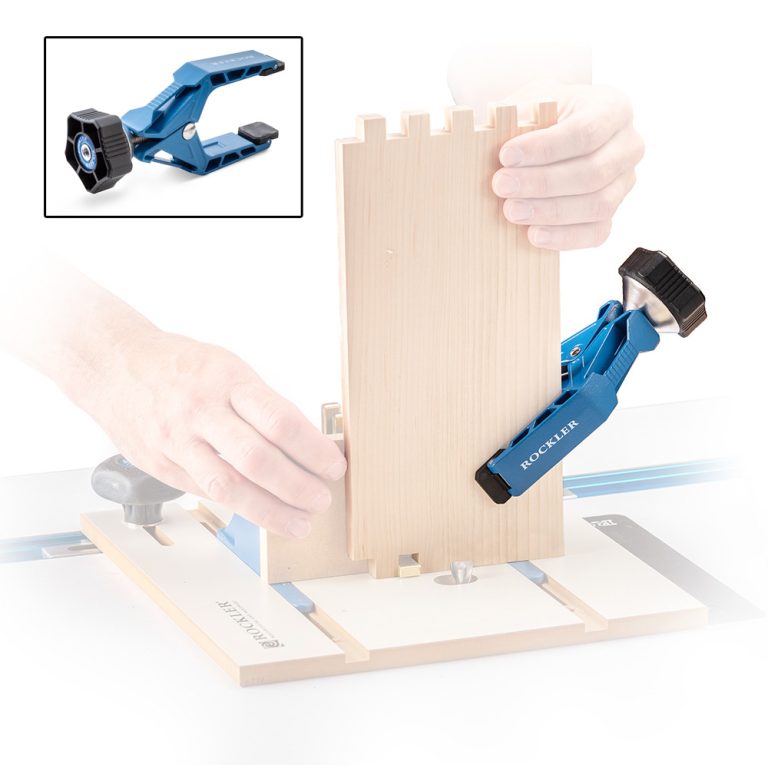
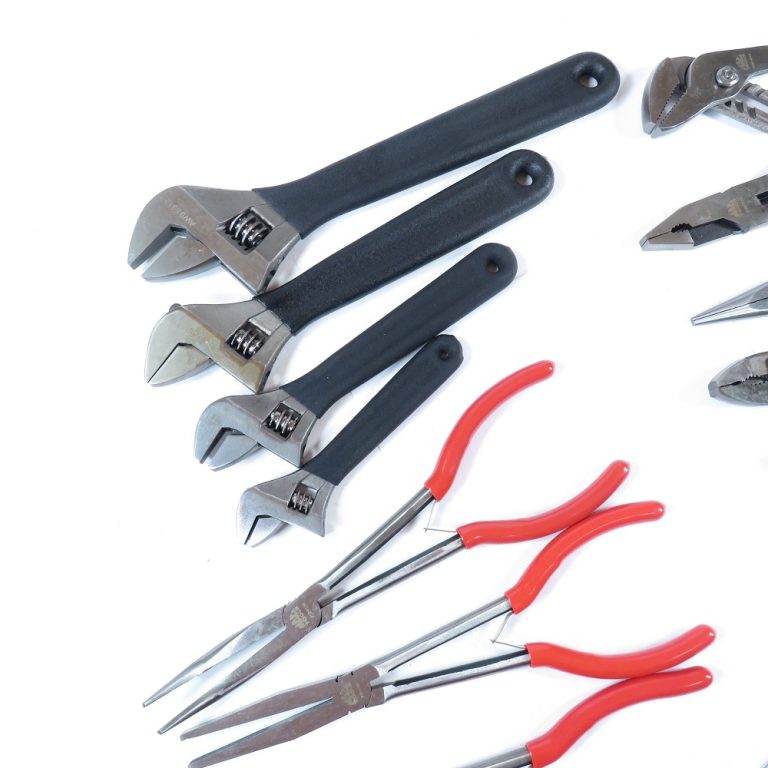
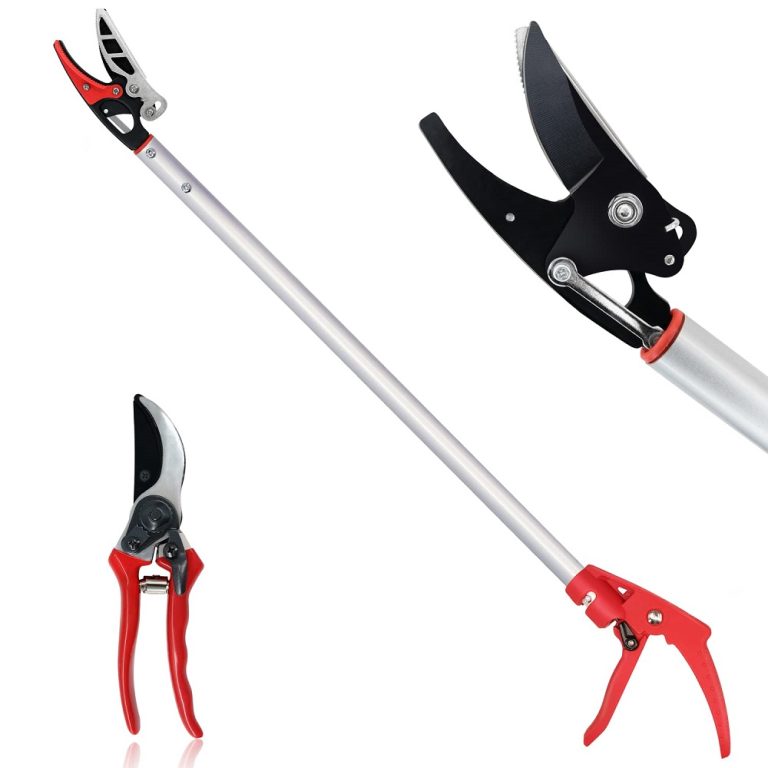


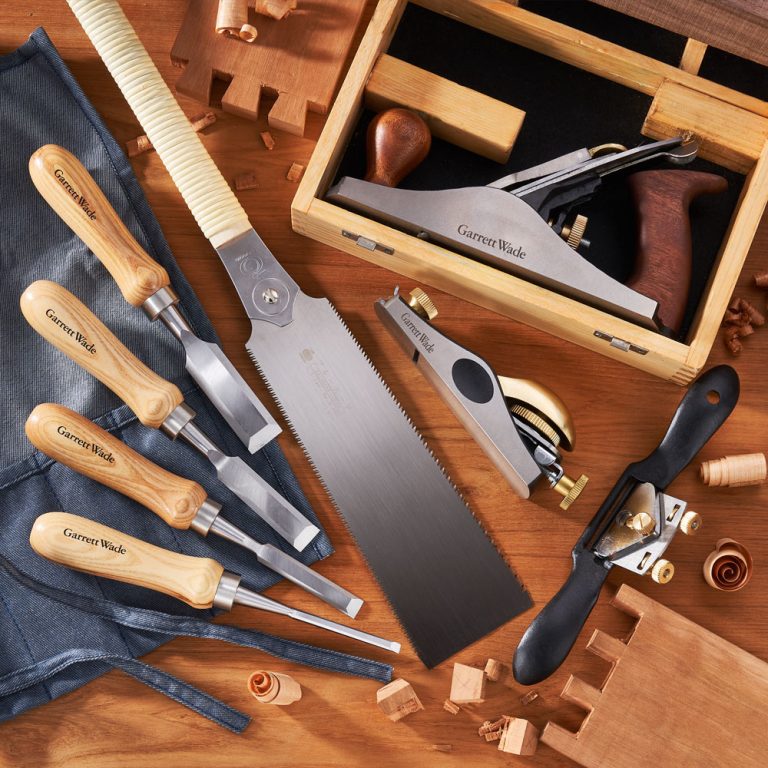
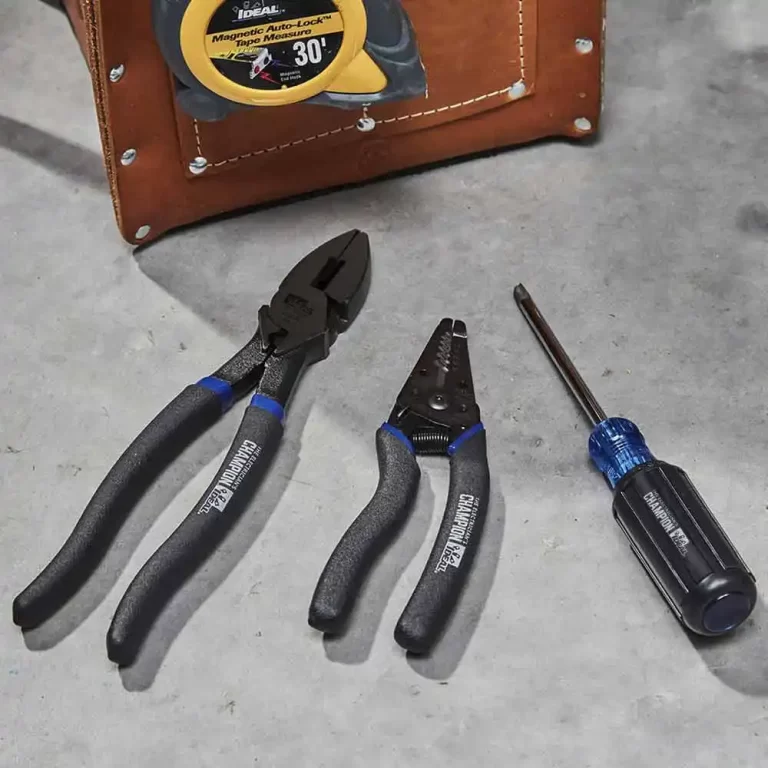
+ There are no comments
Add yours